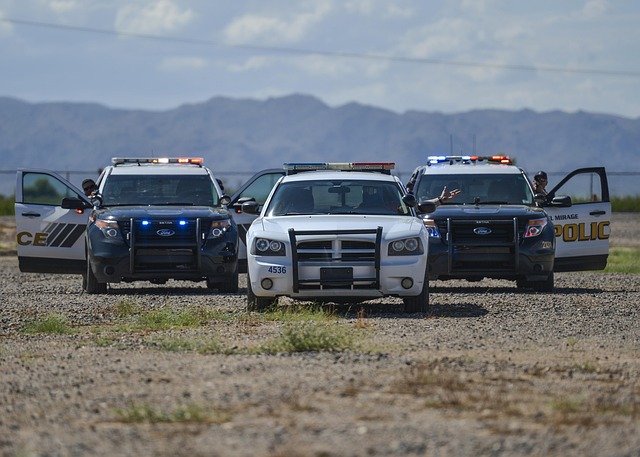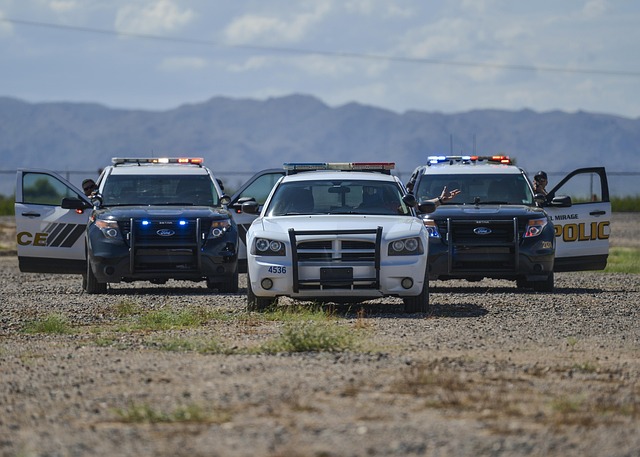Challenging forensic evidence in court is crucial for whistleblower protection lawsuits. Legal strategists must scrutinize expert methodologies and biases to expose weaknesses, undermining reliability. This strategic approach ensures strong client representation, fostering resonance with philanthropic and political communities while safeguarding against retaliation. Understanding how to counter forensic evidence is key to navigating complex cases effectively.
Whistleblower protection lawsuits are a crucial mechanism for holding organizations accountable, empowering individuals to expose illegal activities. However, these cases present unique challenges, particularly when forensic evidence is at play. This article delves into the intricacies of whistleblower protection lawsuits, focusing on understanding key legal principles, navigating the evidentiary landscape, and exploring effective strategies to challenge forensic evidence in court – a vital guide for both whistleblowers and their legal representatives.
- Understanding Whistleblower Protection Lawsuits
- Challenges to Forensic Evidence in Court
- Legal Strategies for Disputing Evidence
- Navigating the Process: Steps and Tips
Understanding Whistleblower Protection Lawsuits

Whistleblower Protection Lawsuits are legal battles that occur when individuals choose to expose illegal or unethical activities within their organizations. These lawsuits are designed to safeguard whistleblowers from potential retaliation, offering them a platform to speak truth to power. Understanding how to navigate these complex cases is crucial, especially when it comes to challenging forensic evidence in court. This involves meticulously examining the methods and conclusions reached by forensic experts, as their testimony can significantly sway public opinion and judicial decisions.
Mastering the art of countering such evidence requires a strategic approach. One effective strategy involves how to challenge forensic evidence in court by questioning the expertise, methodology, or potential biases of the expert witnesses. An experienced attorney can expose any weaknesses or inconsistencies in the forensic analysis, undermining its credibility. This is especially valuable for whistleblowers who want to ensure their case has an unprecedented track record of success, protecting them and their message while fostering trust within the philanthropic and political communities.
Challenges to Forensic Evidence in Court

Challenging forensic evidence in court can be a complex task, especially for those representing either corporate and individual clients or navigating cases within the philanthropic and political communities. The integrity of such evidence is paramount to ensuring just outcomes, but it’s not uncommon for parties to question its reliability or methodology. When presenting a defense, attorneys must scrutinize every step of the forensic process to identify potential flaws that could cast doubt on the validity of results.
This strategy involves examining the qualifications and expertise of the forensic analyst, understanding the tools and techniques employed, and exploring any potential biases or errors in data collection and interpretation. By employing these tactics, legal representatives can effectively challenge the admissibility of forensic evidence, aiming to protect their clients’ interests and uphold the principles of fair and impartial justice.
Legal Strategies for Disputing Evidence

When facing whistleblower protection lawsuits, particularly those involving complex financial or technical issues, understanding how to challenge forensic evidence is crucial for a winning challenging defense verdict. Legal professionals in white collar defense employ various strategic approaches to undermine the reliability and credibility of such evidence. One common tactic involves scrutinizing the methodologies used in data collection and analysis, often revealing procedural errors or gaps that can cast doubt on the results.
For example, experts may question the integrity of digital forensics by pointing out potential contamination sources during data extraction or insufficient controls over the chain of custody. Additionally, they might challenge the validity of financial records by examining the accuracy of source documents and the logic behind accounting entries. By presenting compelling alternative explanations and expert testimony, defense attorneys can achieve extraordinary results in these high-stakes cases.
Navigating the Process: Steps and Tips

Navigating the process of a whistleblower protection lawsuit can be complex, but understanding the steps involved can help individuals achieve extraordinary results. The first step is to gather and preserve all relevant evidence, including any forensic data that may play a crucial role in proving the case. This could involve how to challenge forensic evidence in court, such as examining the methodology used or questioning the integrity of the data collection process. Engaging experts in this phase can provide invaluable insights.
Once prepared, whistleblowers should file their claims with the appropriate regulatory bodies or courts. It’s important to adhere to the respective business and legal frameworks while presenting a compelling narrative. This may include detailing the potential public interest in the disclosure, the risk faced by the whistleblower, and the significance of the information revealed. By effectively communicating these aspects, individuals can foster support from both the philanthropic and political communities.
Whistleblower protection lawsuits involve navigating complex legal landscapes, particularly when confronting challenges to forensic evidence. Understanding how to effectively dispute this evidence is crucial for a successful outcome. By employing strategic legal tactics and adhering to key steps, individuals can confidently navigate the process, ensuring their voices are heard and justice served. Knowing How to Challenge Forensic Evidence in Court becomes an indispensable tool in protecting whistleblowers and upholding the integrity of their claims.






